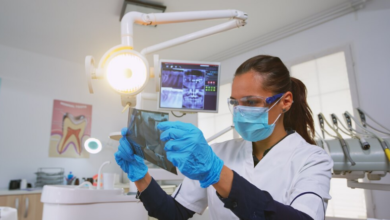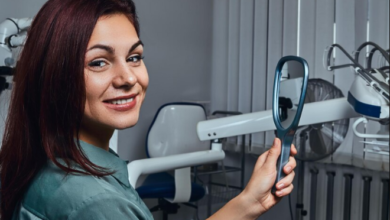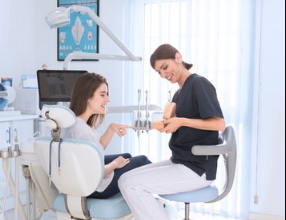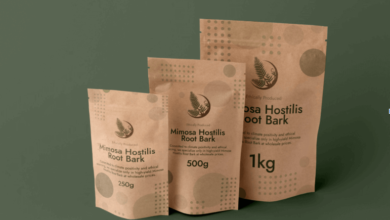sleep apnea hong kong: A Silent Threat to Urban Health
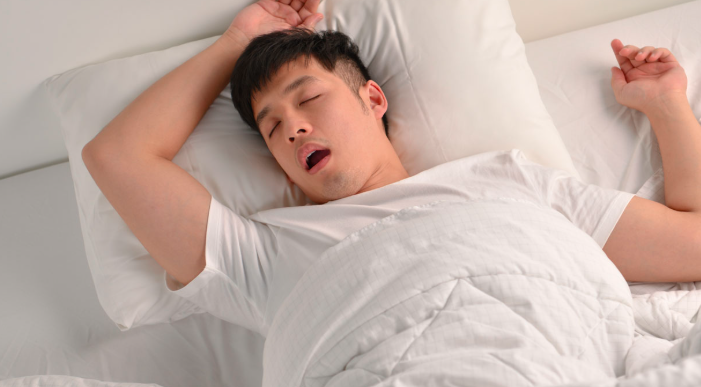
In the fast-paced, high-pressure environment of Hong Kong, many residents suffer from sleep deprivation, chronic fatigue, and unrefreshing sleep. While some may dismiss these symptoms as consequences of busy lifestyles or aging, they could point to a more serious health concern—sleep apnea. The issue of sleep apnea hong kong has become more relevant than ever, as awareness begins to grow about this condition’s prevalence and its dangerous implications for long-term health.
What is Sleep Apnea?
There are three main types of sleep apnea:
- Obstructive Sleep Apnea (OSA): The most common type, caused by throat muscles intermittently relaxing and blocking the airway.
- Complex Sleep Apnea Syndrome: A combination of both obstructive and central sleep apnea.
In Hong Kong, obstructive sleep apnea is the most frequently diagnosed form, particularly among middle-aged and elderly individuals.
Prevalence of sleep apnea hong kong
Sleep studies indicate that up to 10–15% of the adult population in Hong Kong may suffer from undiagnosed sleep apnea. However, due to a lack of awareness and limited routine screenings, many people go years without realizing they have the condition.
Several local factors contribute to the increasing number of sleep apnea cases in the region:
- Sedentary urban lifestyle
- High levels of work-related stress
- Unhealthy sleep habits
- Increasing obesity rates
- Smaller airway structures among Asian populations
Men are more commonly affected, but women—especially post-menopause—are also at risk. Children can develop sleep apnea too, particularly if they have enlarged tonsils or adenoids.
Common Symptoms to Watch For
The signs of sleep apnea are often subtle, and many individuals are unaware they even have it. Some of the most common symptoms include:
- Loud, persistent snoring
- Gasping or choking during sleep
- Frequent nighttime awakenings
- Morning headaches
- Dry mouth or sore throat upon waking
- Excessive daytime sleepiness
- Difficulty concentrating
- Irritability or mood swings
Partners or family members often notice the signs before the person suffering does, especially snoring or breathing pauses during sleep.
See also: Are One-Time Cleaning Services Ideal for Busy Professionals?
Diagnosing sleep apnea in Hong Kong
Recognizing the signs is only the first step.
1. Public Hospitals
Major public hospitals such as Queen Mary Hospital, Prince of Wales Hospital, and United Christian Hospital have dedicated sleep disorder units where patients can undergo comprehensive sleep studies.
2. Private Clinics and Specialists
A growing number of ENT (ear, nose, and throat) specialists, pulmonologists, and sleep clinics offer diagnosis and treatment plans for sleep apnea. Private services generally offer faster appointment times and less waiting.
3. At-Home Sleep Tests
For less severe cases or screening purposes, home sleep tests are available. These allow patients to record their sleep data using portable devices in their own beds.
Treatment Options Available in Hong Kong
The treatment of sleep apnea varies depending on its severity and the patient’s health profile. The most common and effective treatments include:
a) CPAP Therapy (Continuous Positive Airway Pressure)
Though it may take time to adjust, it is considered the most effective non-surgical treatment.
b) Oral Appliances
Dentists trained in sleep medicine can provide custom-made oral appliances that reposition the jaw or tongue to keep the airway open.
c) Surgery
In more severe or anatomical cases, surgical options such as Uvulopalatopharyngoplasty (UPPP) or nasal surgery may be considered.
Cost of Treatment in Hong Kong
In public hospitals, sleep studies and treatments are more affordable but may require long waiting times. In contrast, private clinics offer quicker access, with sleep studies ranging between HK$3,000 to HK$10,000 and CPAP machines costing HK$5,000 to HK$20,000, depending on features.
Some insurance plans in Hong Kong now cover sleep apnea treatments, especially if diagnosed as a medical necessity. It’s advisable to check with providers regarding coverage before proceeding.
Raising Awareness of sleep apnea hong kong
Despite the growing numbers, awareness about sleep apnea remains limited in Hong Kong. Public health campaigns rarely address sleep-related disorders, and many people mistakenly associate chronic fatigue or snoring with normal aging or stress.
Healthcare professionals are calling for:
- Routine sleep screenings in annual health check-ups
- Employer-sponsored wellness programs
- Better access to educational materials in Cantonese and English
- Community outreach by sleep specialists and clinics
Increased awareness can lead to earlier diagnoses and prevent long-term health consequences.
Living with Sleep Apnea: Stories from Hong Kong Residents
Many Hong Kong residents who have been diagnosed with sleep apnea report dramatic improvements in their quality of life after starting treatment.
“I used to wake up exhausted every morning. I couldn’t even focus at work,” says Mr. Chan, a 45-year-old banker. “After starting CPAP therapy, I sleep better and feel more alert during the day.”
These real-life stories highlight the importance of taking sleep health seriously and seeking medical help when symptoms appear.
Final Thoughts
The issue of sleep apnea hong kong is no longer just a matter of disrupted sleep—it’s a public health concern that requires immediate attention. As more Hong Kong residents begin to recognize the warning signs, the demand for effective, accessible, and affordable treatment options will continue to grow.
If you or a loved one experience symptoms such as loud snoring, constant fatigue, or frequent nighttime awakenings, it’s time to consult a medical professional. Sleep apnea is treatable, and early intervention can prevent complications while improving both physical and mental well-being.
